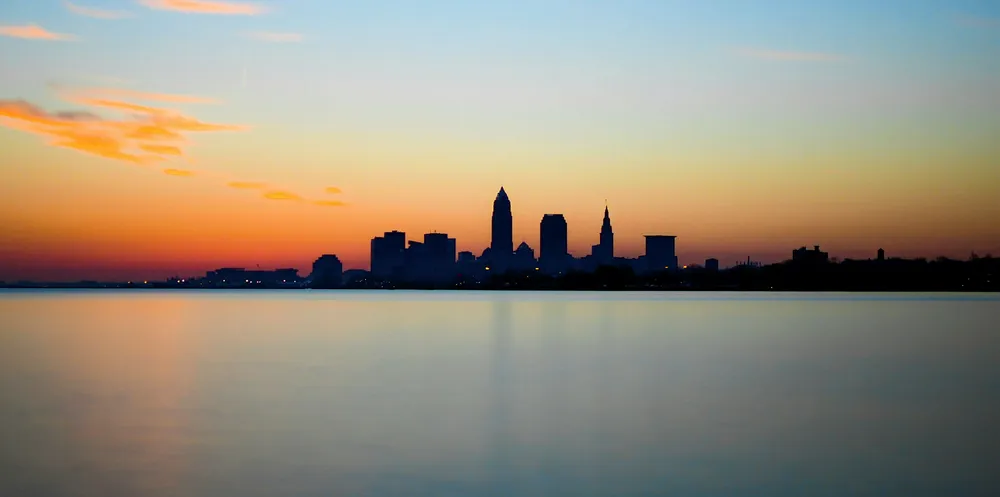'Stunned' US offshore wind pioneer says turbine switch-off rule may be fatal
Icebreaker developer says stipulation over turbine switch-off threatens viability of Great Lakes plan

Icebreaker developer says stipulation over turbine switch-off threatens viability of Great Lakes plan
